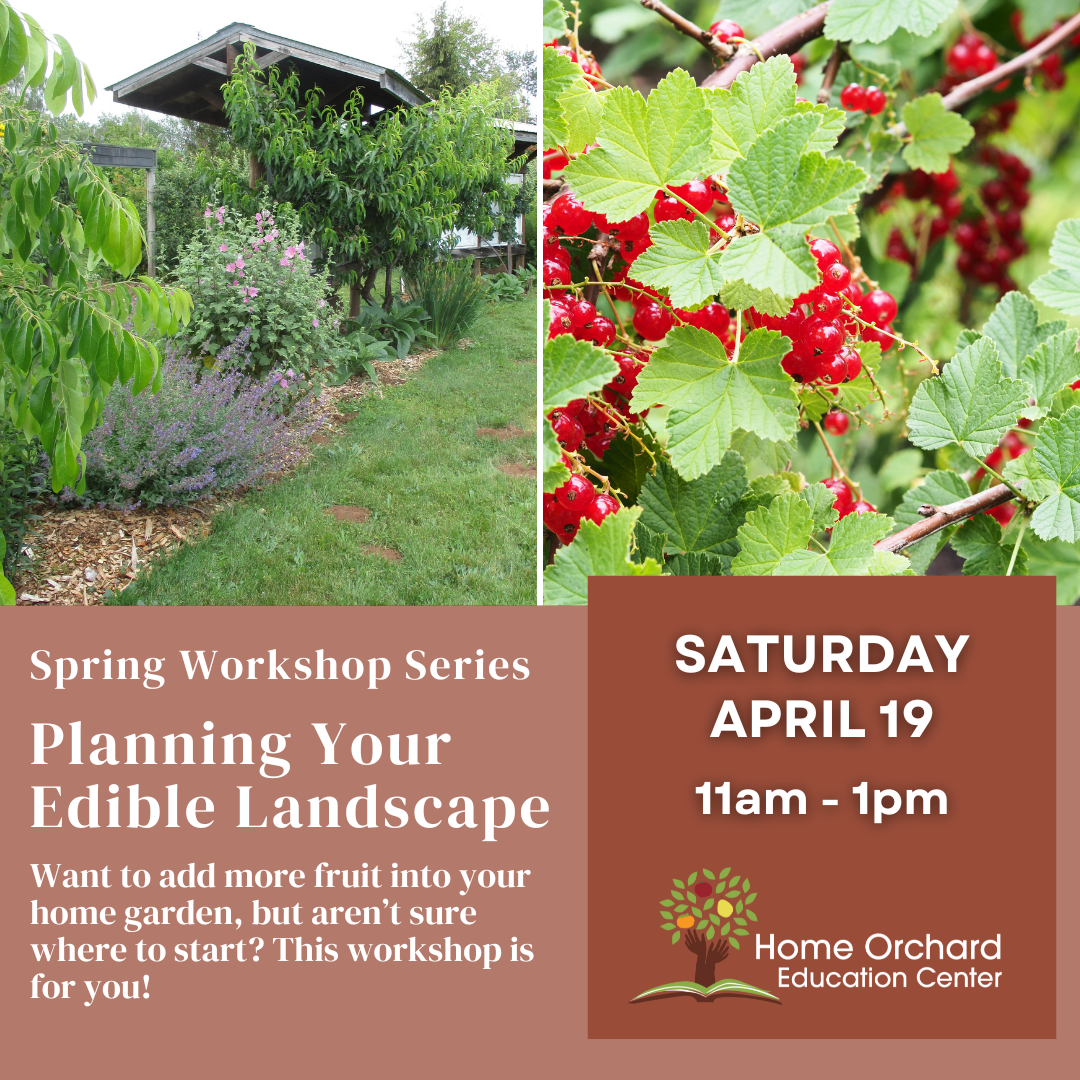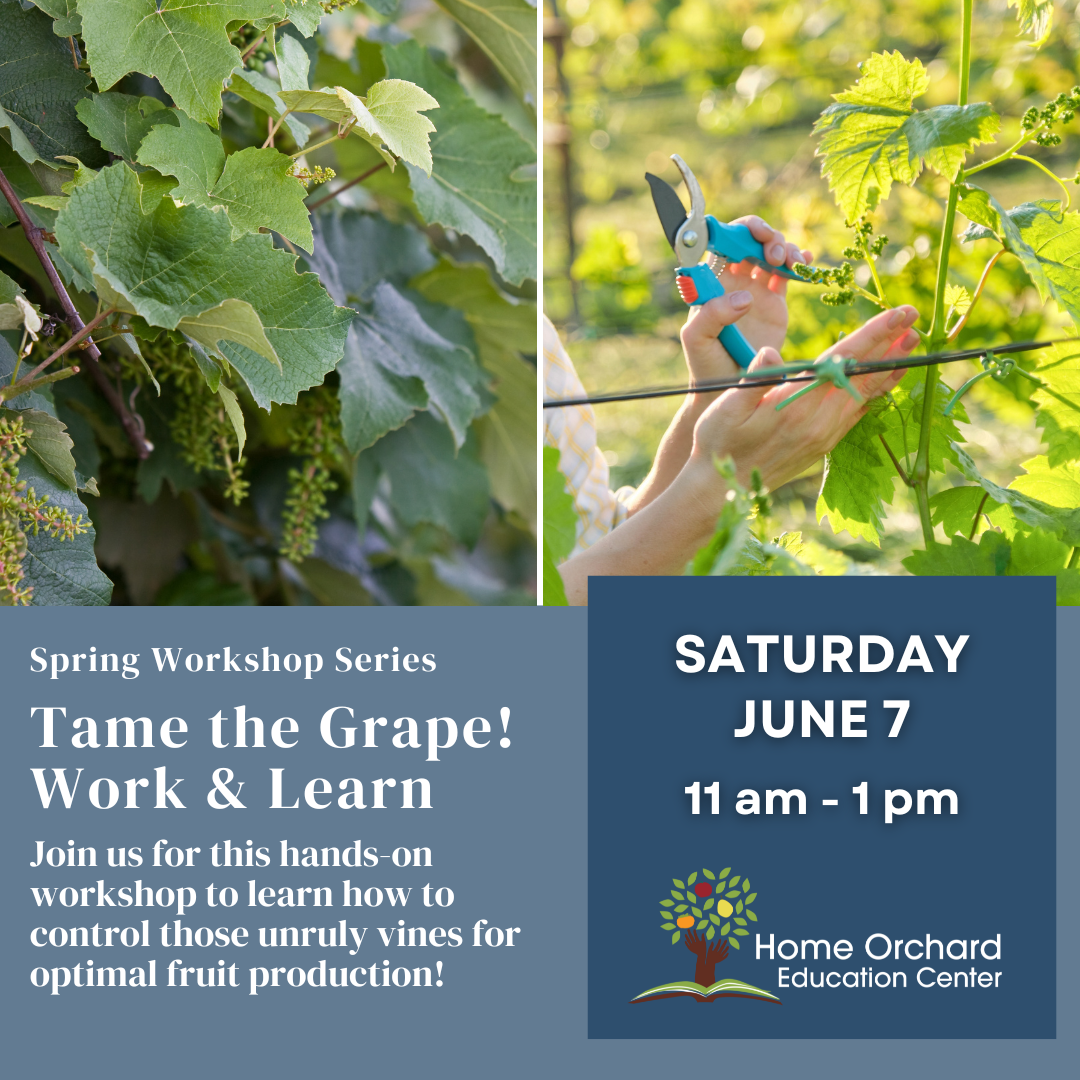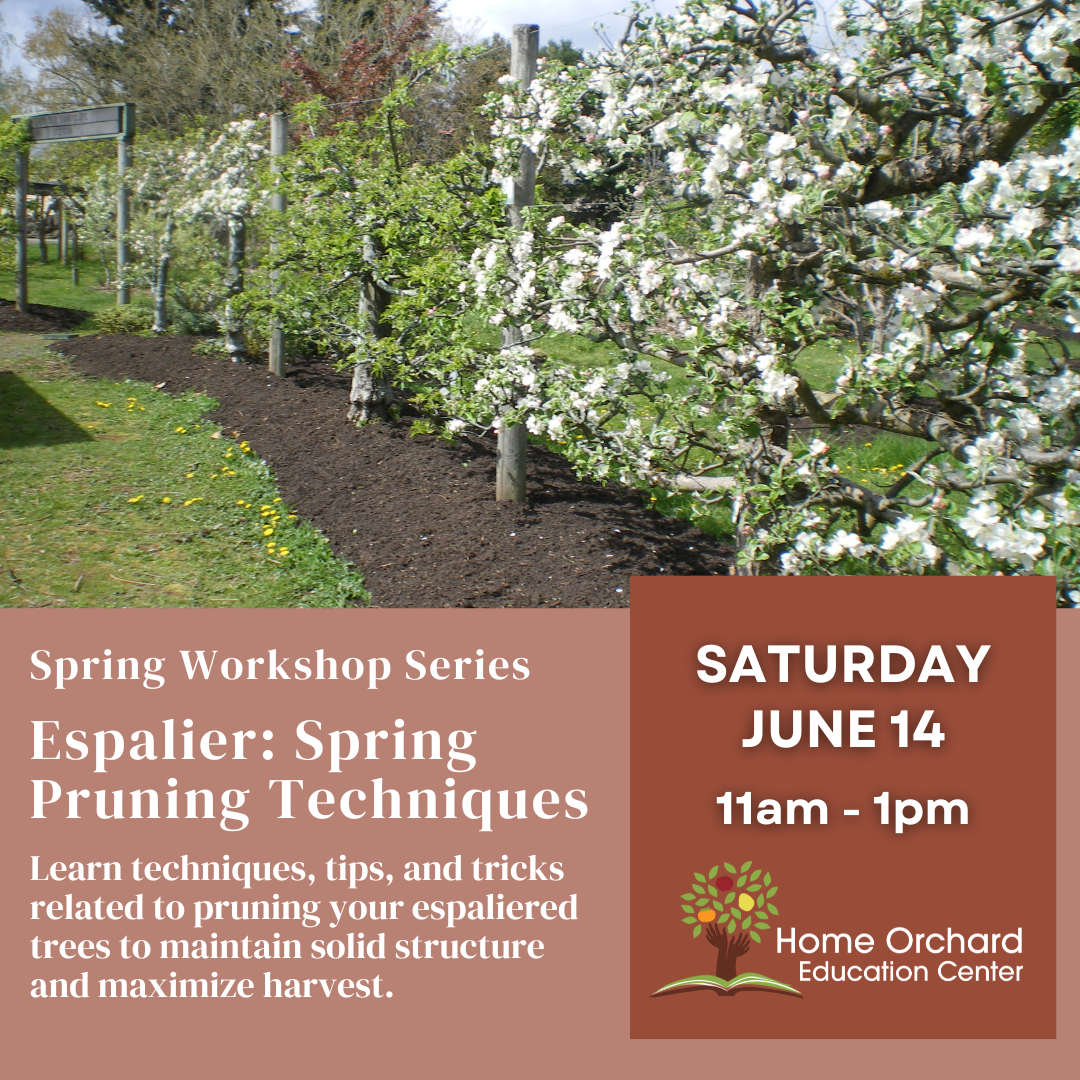August In The Arboretum
Mouth Watering Recipes To Inspire Your Bounty!
Highlights Of The Harvest This Month:
Apples, Pears, Aronia, Elderberry, & Cornelian Cherry
EARLY APPLES
Early season apples may not always have the best texture for fresh eating, but they certainly make a great applesauce. Early varieties are often softer and more grainy than apples that come later on, and they are known for a shorter shelf life. If you find yourself inundated with early season apples, make sure you have a plan to use them up quickly. If you want to try you luck with longer term storage, we recommend waiting for apples that come later in the season.
RECIPES
While sugary sweet dessert recipes for apples are easy to come by, not everyone knows that apples also pair wonderfully in savory dishes. To appeal to your salty & spicy sides, we start off here with two recipes that include veggies and herbs that won’t leave you with quite such a sugar rush.
The first recipe was inspired by a surprisingly unique cookbook with a plethora of uncommon savory apple dishes, called creatively (hah!) Apples, A Cookbook, written by Robert Berkley.
The second was adapted from a lovely vegetarian food blog called, Vanilla & Bean. You can find more of her recipes here.
ARONIA
Aronia is a beautifully rich colored edible berry native to the U.S. Aronia has been used as both a food and medicine for many centuries. It is hardy, prolific, easy to grow in the Pacific Northwest, and will please the local wildlife as well. The photos above were taken in the arboretum on August 1st and the berries should be ready for picking very soon.
RECIPES
Although the taste of Aronia Berries is not at all like a blueberry, it can be used much like you would use a blueberry in many recipes. The fruit is slightly tart & dry with an earthy undertone. Some people will eat Aronia berries straight off the bush, while most consider them a bit too astringent to eat fresh.
Aronia is antioxidant rich and works well as a companion with other fruits. The berries also freeze well, so it’s okay to de-stem them and pop them in the freezer if you need a moment to figure out how you want to use them.
The recipes below came from a wonderful curation shared online by Sunny Lane Farm in Illinois. Follow this link to find the rest of their interesting recipes using fresh and frozen Aronia.
BLACK & BLUE ELDERBERRY
Black & Blue Elderberries are another example of an easy to grow berry that has long been used for both food and medicine.
While most elderberry bushes meant for human consumption are pruned back to a reachable height each year, some elderberries can in fact develop tree like trunks and reach towering heights when left to their own devices, much like the one shown above that resides in the Edible Landscape section in the HEOC Arboretum!
RECIPES
Elderberry should be completely de-stemmed and cooked well prior to eating. If sampled fresh, elderberry does not have a sweet taste and can give the consumer a stomach ache, but its rich complex flavor will come through when cooked and used in vinegars, drinking shrubs, pies, compotes, jams, jellies, syrups, wines, or medicinal cordials like traditional fire ciders.
Elderberry can also be frozen. Some folks think it is easier to de-stem the berries after freezing them, but in our experience the berries should pop right off if you run the stems through your nearly closed fingers. Feel free to experiment and see what works best for you!
CORNELIAN CHERRY
The Cornelian Cherry is of course ~ NOT a cherry or even related to cherry. While the name comes from it’s small, red or yellow jewel-tone fruits, it is in fact related to the American dogwood.
Cornelian Cherry is one of the first trees to flower in the HOEC arboretum each year. With a flourish of sunny yellow blooms, it is quite a sight for the cold and weary winter orchardist foreshadowing Spring right around the corner. We have two different trees in the arboretum - one with red fruit and one with yellow. The photos above show them in various stages of ripeness. As of July 1st, we are still waiting, but hope to be able to harvest by the end of the month.
As with many fruits high in vitamin C, it is generally sour and astringent when picked before fully ripe, but does sweeten a bit when fully mature.
RECIPES
The fruit contains a pit and is most often processed into preserves, syrups, puddings, drinks, juices, sorbets, drinking vinegars, and shrubs, or even pickled.
Cornelian Cherry may be a new fruit to you, but it is commonly used in traditional cuisines of Eastern Europe, Greece and Turkey.
Zoghal Akteh is the Persian Name for Cornelian Cherry.
To get you warmed up, below are three links for delicious Persian inspired recipes to help you dip your toe into the wonderful world of Cornelian Cherry. We highly recommend you spend some time scrolling around on the “Fig & Quince Blog” for more amazing recipes!
Moraba-ye Zoghal Akhteh - Persian Cornelian Cherry Jam
Torshi ‘ye Zoghal Akhteh | Foraged & Pickled Cornelian Cherry
Cornelian Cherry 3 ways | Sharbat + Moraba + Marmalade
Hungry for more? Here are two quick and easy beverage options created by Chris Musser of Lost Arts Kitchen in Portland, Oregon.
PEARS
EUROPEAN PEARS
Volunteers in the arboretum this month are learning all about the proper harvest of European Pears. This seemingly simple task, continues to baffle many home growers new to the harvest, as European Pears do NOT actually ripen on the tree.
Some of the first pears ready for harvest in the arboretum are tiny little Bella di Giugno, followed by Ubileen, with Rescue close behind. The white powder you see on these European pears is a Kaolin clay spray approved for use in Organic orchards, used to protect fruit from sunburn and pests.































